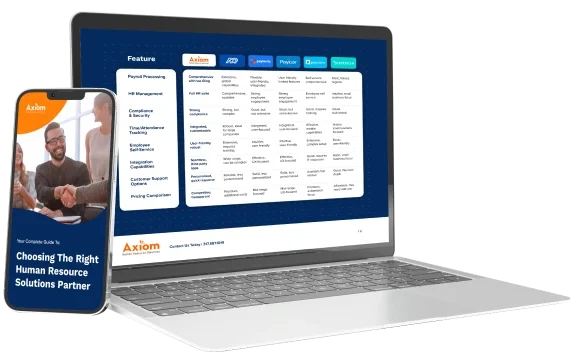
In the ever-evolving healthcare landscape, healthcare providers encounter formidable obstacles such as staffing shortages, escalating labor expenses, and the complexities of healthcare scheduling. Nonetheless, by prioritizing data, technology, and adaptability, providers have the opportunity to diminish their reliance on costly staffing agencies.
3 Effective Strategies to Reduce Dependence on Healthcare Staffing Agencies
1. Harnessing the Power of Data: Data-driven insights play a critical role in revolutionizing healthcare staffing practices. According to Hasselberg, traditional approaches are no longer effective, presenting an opportunity for change. By leveraging the potential of data, healthcare providers can obtain real-time visibility into staffing needs, identify potential vulnerabilities in shifts, and take proactive measures to address staff shortages before they become critical.
2. Capitalizing on Technological Advancements: Technology serves as a vital tool to address the staffing crisis and optimize healthcare scheduling. Finis emphasizes the necessity of advanced technology solutions in tackling the complexities of scheduling. These solutions empower health systems to be agile and adaptable, facilitating rapid identification and communication of changing demands to their staff.
3. Embracing Flexible Staffing Approaches: Adopting a flexible approach to healthcare scheduling is crucial for empowering staff and optimizing their work-life balance. This approach mitigates burnout and reduces stress-related absences. Often, healthcare organizations under utilized certain segments of their workforce due to rigid scheduling practices. By embracing greater flexibility and adaptability in scheduling processes, organizations can effectively utilize their internal workforce before resorting to external resources.
Enhancing Healthcare Scheduling: Customizing Approaches for Your Organization’s Technology Adoption Stage
It is imperative to acknowledge that healthcare institutions are at various points in their journey of technology adoption, and each stage requires a unique methodology. Here are critical considerations for each stage:
Early-stage implementation: Organizations in the initial phase may encounter obstacles such as limited knowledge and resources, as well as reluctance to embrace change. They might still rely on manual methods like sticky notes and spreadsheets. To begin, it is vital to identify quick wins and evaluate existing processes to pinpoint areas of inefficiency. Taking proactive measures at this stage can pave the way for future advancements.
Intermediate-stage implementation: Those in the middle phase often face the challenge of integrating new technology into their current systems. At this point, the concern is to avoid overburdening staff with extra work or utilizing underutilized tools. Seamlessly integrating new solutions into the existing environment and prioritizing user adoption and change management is crucial for success during this stage.
Advanced implementation: Healthcare institutions that have reached the advanced stage of technology adoption wrestle with maintaining the effectiveness of current solutions while staying ahead of emerging trends. The emphasis is now on giving priority to technologies that produce significant results and are adaptable to changing requirements. Striving for future-proof solutions becomes paramount to remaining at the forefront of scheduling technology.
By customizing approaches to your organization’s technology adoption stage, you can effectively address scheduling challenges, enhance operational efficiency, and optimize the use of technology to support your healthcare workforce. Get in touch with us, and we’ll be glad to assist you with how we can lend a hand.
